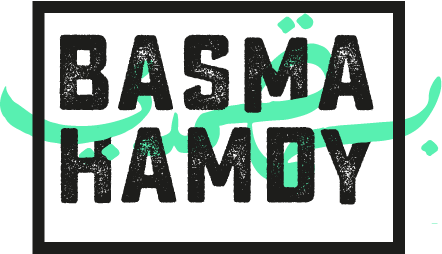Future Realities
The scenario is set in 2050: will there will be significant improvements in Qatar’s biomedical research and nanotechnology? Will Arab space exploration and human augmentation change the way humans see the universe and each other? How might a computer that is 1000 times more powerful than the human brain impact our current global challenges? Could a mission to Mars reveal new environmental options on earth, thanks to the first woman to ever step on Mars? This project links concepts from design fiction and futuring to explore design-inspired activism. Students explore contemporary case studies, science fiction, and dystopic scenarios to explore design’s role in engendering positive social and cultural change. The outcome of the project is a range of potential objects and services that aim to raise awareness, expose assumptions, provoke action, spark debate, and even entertain. This form of critical design is not just about creating objects, but telling stories about future worlds.
This has been an incredible semester exploring dystopian visions and contradictions of power with students in CoLab, a joint elective co-taught with DenielleEmans. In this context, my “Language + Context” course joined forces with Emans’ “Design Activism” course in a model of collaborative inquiry aimed at responding to current socio-political positions of power and resistance.
Together, students researched contemporary case studies in science fiction and dystopic scenarios in order to create unique future scenarios, tracing a path to alternative worlds. These predictive futures aimed to raise awareness, expose assumptions, provoke action, and spark debate about our collective future(s).














As part of our course activities, we hosted the wonderfully talented filmmaker, Oscar Boyson for a critique session. Oscar was thoughtful with his feedback, generous with his time, and altogether inspiring with his view of design.




The outcome of CoLab was the “Future Realities” exhibition held in the VCUarts Qatar open space. Each installation investigated how design propositions can trace the path to alternative worlds, raising awareness of our collective future(s) as a form of design activism.
We couldn’t be more proud of our amazing students who created design-based dystopian futures to question, agitate, and examine the status quo!

